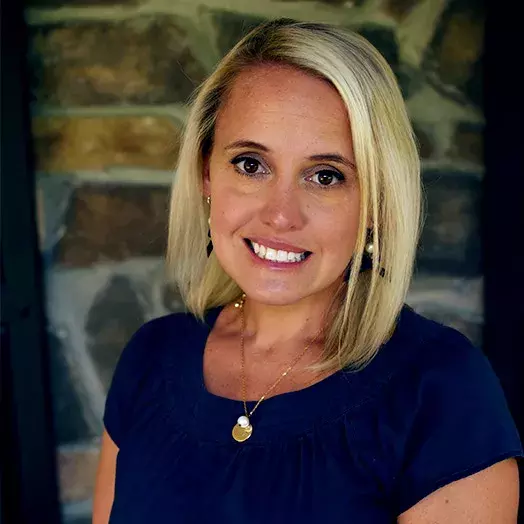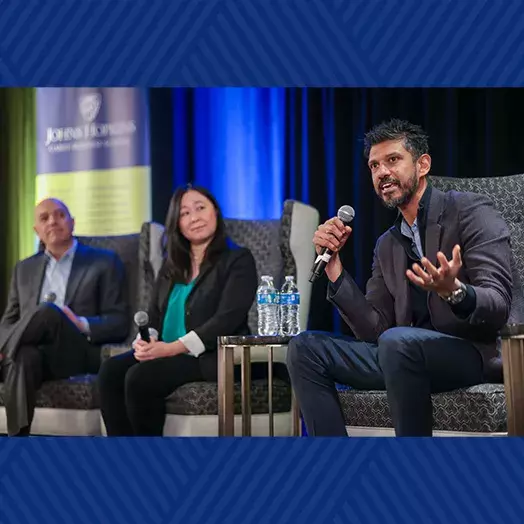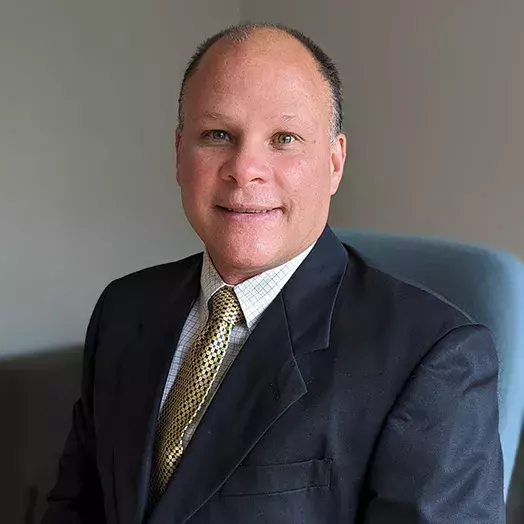
An Executive Education goal turned reality
After taking on the role as assistant program manager with supervision duties at Johns Hopkins Center for Talented Youth, Jennifer Nesaw didn’t want to just talk the talk. She wanted to better her new position and chose Johns Hopkins Executive Education to help.
“I wanted to further my education after becoming an assistant program manager to learn best practices that would help me become a stronger manager and feel solid in my new position,” she said. “I also wanted to build my personal knowledge. So when the Executive Education courses went fully virtual during the pandemic, I knew it was something I would have the time for.”
But Nesaw said she couldn’t pick just one course. So, she set a personal goal to complete them all: Management Development, Financial Management, Design Thinking for Innovation, and Business Communications. She also completed the Academy for Women and Leadership.
A woman with many hats
Leading a team of both full-time and casual employees, Nesaw says the Executive Education certificates gave her the confidence to grow as a leader.
“Each certificate provided a solid understanding on best practices and strategies of managing, motivating, and coaching a team,” she said. “I’m able to bridge the gaps in developing employees at different levels of their careers.”
But implementing new strategies into her professional career was not the only area where Nesaw saw opportunity to utilize this new knowledge. Along with her full-time job, she is also an avid volunteer within her community, volunteering through her church’s financial, legal, and operations ministry as the human resources representative. She also volunteers as head of the pre-school board at the church, and as vice president of the parents’ association at her children’s school. The Executive Education certificates have helped her in those endeavors, too.
“As the head of the pre-school board, we have plenty of strategic negotiation,” Nesaw explained, “so the Business Communications certificate helped me develop my communication skills to present information in the most appealing and precise way. And from the Design Thinking for Innovation certificate, I learned how to implement different approaches to successfully complete a goal.”
Nesaw said she appreciates the real-world learning opportunities presented in each program, because the courses related directly to the personal and professional goals of each participant.
“We worked on projects with clients that used our findings to grow their businesses. And we also worked on learning opportunities for ourselves, things that we could take with us and grow from in our careers. Both experiences really helped commit those learnings to memory.”
What to Read Next

Executive Education
The power of advocacy: Executive Education participant ignites change for her futureUnexpected mentorship
The Academy for Women in Leadership is a bit different from the Executive Education certificates. It pairs participants with a mentor for one-on-one coaching sessions to help set goals, identify areas of growth, and build confidence as a woman in the workplace. Here, Nesaw built such a strong connection with her mentor, the two continue to keep in touch.
“Seeing a woman of leadership in a mentor role was beneficial because it’s shown me what I can do in my future and has helped me grow my own abilities as a woman in a leadership role,” Nesaw said. “And I still reach out to her when I need advice, whether its personal or professional.”
An attitude for aptitude
Nesaw tends to see many things as a chance to grow. The Executive Education courses allowed her to explore what she could do professionally, even if they didn’t directly apply to her particular line of work. She says each certificate program was an opportunity for growth and learning, rather than just an assessment of knowledge. For example, while the Financial Management certificate doesn’t directly relate to her daily duties, she understands the financial elements of her volunteer work much better because of it.
“As a member of the school board, we see a lot of financial negotiations,” Nesaw said. “I used to rely on our treasurer to handle those. But now, I have the knowledge to be more involved in financial conversations and make decisions.”


